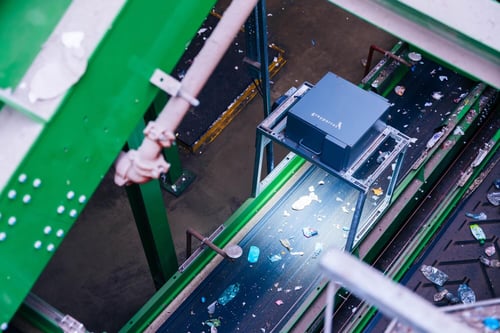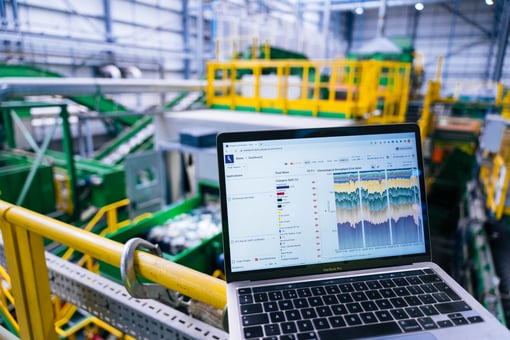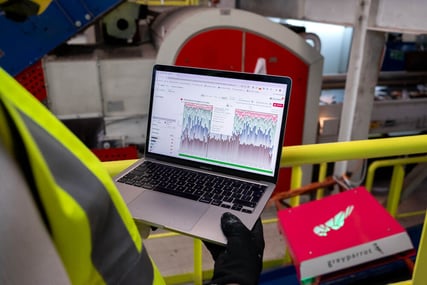Inspired by Recycle Week 2023, we used Greyparrot Analyzer to take a closer look at the residue line in a major UK recovery facility, where materials not sorted end up in landfill or incineration. The data we gathered makes it clear that some materials are still tricky to sort at home and can even pose problems for recovery facilities.
Going on a "Big Recycling Hunt"
The theme for Recycle Week 2023 is "The Big Recycling Hunt." - taking aim at the objects and materials that many of us mistakenly place into the wrong bins at home.
WRAP research shows that 87% of UK households place at least one item in recycling bins that isn't accepted as part of the regular kerbside collection and recycling process.
To mark this year's Recycle Week, we went on our own AI recycling hunt. Greyparrot's data analysts dove into data gathered by our waste intelligence platform to find out how household sorting practices impact the composition of waste flows at a major recovery facility.
The objects we found passing over our customer's residue belt in a single month highlight the importance of campaigns like Recycle Week (and the facility's sorting efficiency!).
Three major incorrectly-recycled objects stood out to our team:

☕️ 102,000 composite coffee cups
Plastic-lined, single-use coffee cups can contaminate fibre lines without proper separation – so the data showed that the facility's sorting was working as expected.
Single-use coffee cups are one of the most commonly-misplaced fibre objects that our customers encounter, which prompted us to create a dedicated recognition category for them in our recognition library.
♻️ 3.6 million Tetra Pak objects
Like coffee cups, many consumers aren’t aware that Tetra Pak cartons are made of multiple materials, or that they require a specialised recycling process. Millions of the cartons end up on residue belts as a result.
The sheer volume of Tetra Pak that our system revealed at this facility could present a business case for a dedicated Tetra Pak recovery line, especially if the objects continue to end up in the wrong bins.
🔋 75,100 batteries and waste electronics
Batteries present a serious risk to recovery facilities, causing upwards of 700 fires a year in collection vehicles and sorting facilities. Waste electronics as a category often have separate recycling requirements depending on local collections.

Using data to influence sorting behaviour
Applying our waste intelligence to residue lines often reveals thousands of pounds worth of valuable material lost every month, but that same data is also a valuable tool in the effort to improve household sorting.
Close to 4 million people a year change their recycling habits as a result of Recycling Week content, and intelligent waste recognition is helping ensure that content targets the most persistent sorting challenges.
As WRAP’s Director of Insights and Innovation Claire Shrewsbury put it in our recent RWM panel:
Data will help us maximise our efforts in the right places. It’s got the possibility to help influence behaviours, and how we encourage behaviours.
If we’re not seeing certain materials or products in the waste stream that we should be seeing, then we can turn on different campaigns.”Claire Shrewsbury, Director of Insights and Innovation at WRAP

.jpeg?width=780&height=532&name=Stock-waste%20landscape%20(1).jpeg)


.png?width=501&height=285&name=IMG_6004%20(1).png)